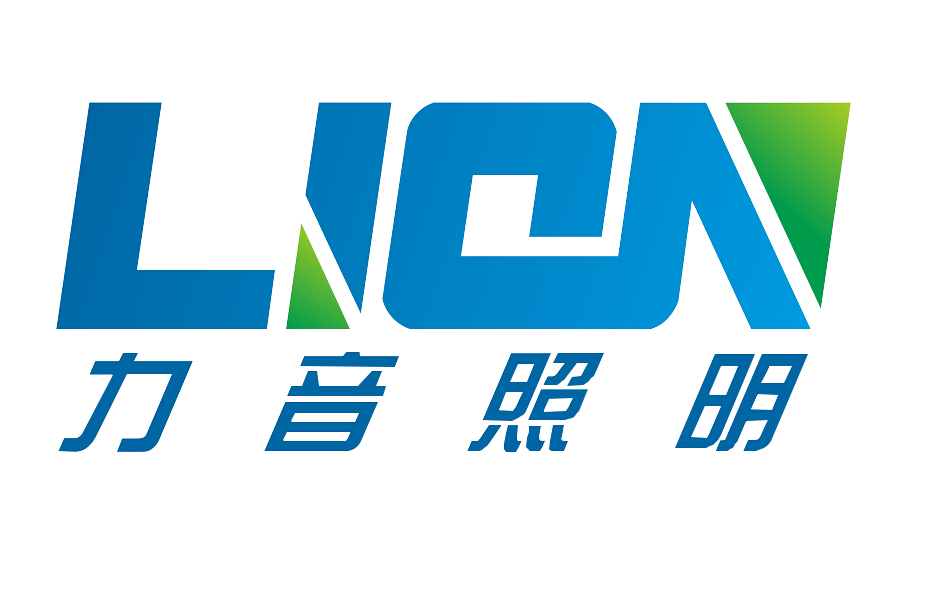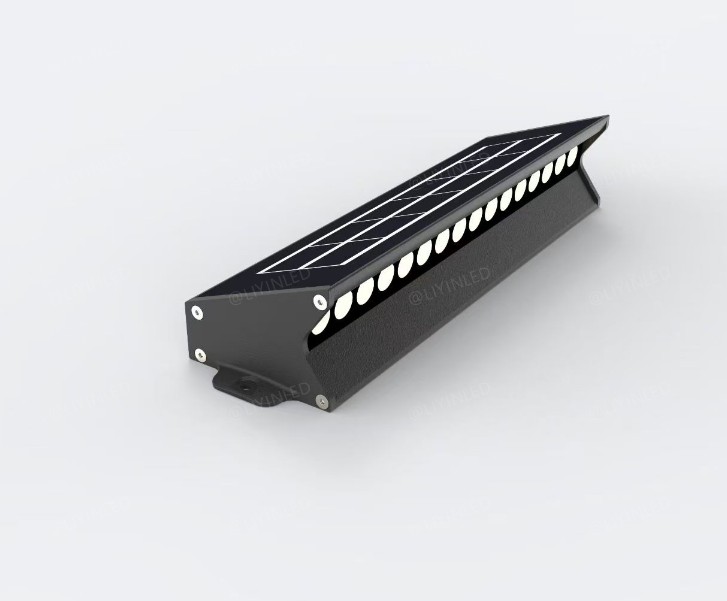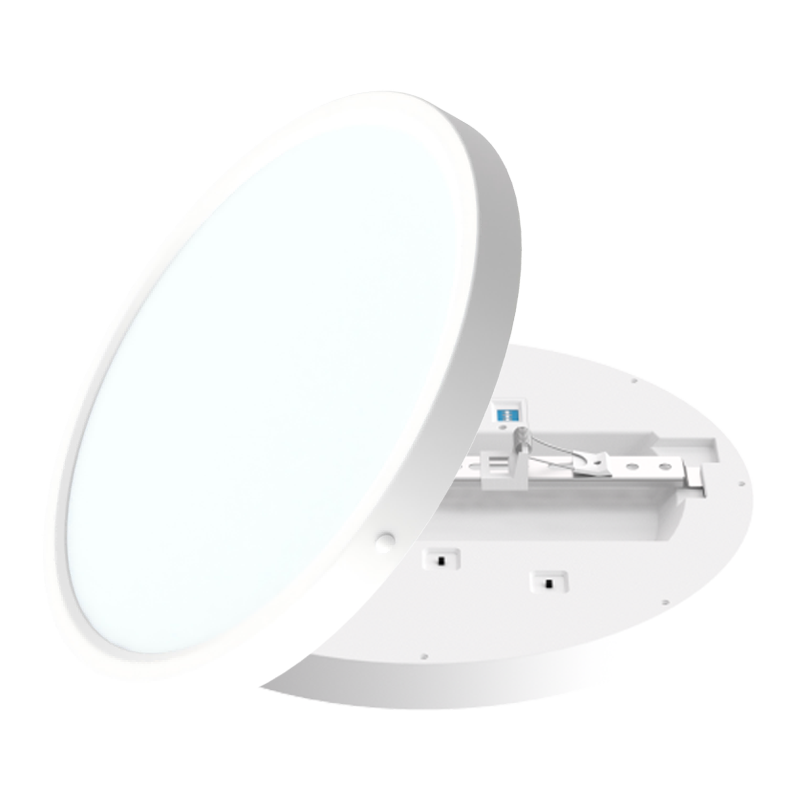1. What is "That"
Core Definition: Luminous efficacy measures how efficiently a light source converts electrical energy into visible light. Simply put, it answers: "How many lumens of light does the source produce for each single watt of electrical power consumed?"
Unit: Lumens per Watt (lm/W)
Importance: Luminous efficacy is one of the most critical metrics for evaluating the energy efficiency of lighting products, especially LEDs. A higher luminous efficacy directly means that less electrical power (watts) is required to produce the same amount of light (lumens). This translates to significant energy savings and greater environmental friendliness.
Physical Significance: It quantifies the light source's ability to channel energy into radiation that is visible to the human eye, rather than wasting it as invisible infrared heat or ultraviolet radiation.
2. The Relationship: Luminous Efficacy (lm/W), Lumens (lm), and Watts (W)
These three concepts are intrinsically linked by a fundamental formula:
Luminous Efficacy (lm/W) = Total Luminous Flux (lm) / Input Electrical Power (W)
This equation clearly defines their interplay:
Lumens (lm): Represent the "total amount of visible light" or "light output." They quantify the total visible radiant power emitted by the source in all directions, weighted by the sensitivity of the human eye.
Watts (W): Represent the input electrical power consumed by the source – the actual electrical energy used.
Luminous Efficacy (lm/W): Represents the conversion efficiency. A higher number signifies a more efficient light source.
Therefore:
To achieve a specific Total Luminous Flux (lm): Higher efficacy means less electrical power (W) is needed.
@ 50 lm/W efficacy → Requires 20W (1000 lm / 50 lm/W)
@ 100 lm/W efficacy → Requires only 10W (1000 lm / 100 lm/W) → Saves 50% in electricity!
Example: A target light output of 1000 lumens:
Using the same electrical power (W): Higher efficacy yields a greater Total Luminous Flux (lm) – meaning a brighter light fixture.
Conclusion: Luminous efficacy is the crucial bridge connecting "electrical power input (W)" to "light output (lm)".
3. Evaluating "Brightness" in LED Lighting
When discussing LED lighting performance, caution is needed with the term "brightness." In professional optics, "brightness" typically refers to Luminance (units: nit or cd/m²), which differs from the everyday sense of "how bright it seems." Instead, evaluating an LED fixture's actual "lighting effect" should focus on these key standards:
Total Luminous Flux (lm): This is the most fundamental and direct indicator of a light fixture's total light output. A higher lumen value means it can theoretically illuminate a larger area or provide higher light levels. Choosing lights based on "how many lumens" is far more reliable than looking at "how many watts" for understanding actual light output capability.
Example: A living room main light might require 3000+ lm, while a reading lamp may only need 300-500 lm.
Luminous Efficacy (lm/W):
This reflects energy savings. It's the fundamental benchmark for judging LED efficiency. High-efficiency LEDs typically achieve significantly higher efficacy than traditional lighting (Incandescent: 10-15 lm/W, CFL: 60-70 lm/W, LED: routinely 80-180+ lm/W).
It also serves as a key indicator of LED chip quality, heat dissipation design, and driver efficiency. Low efficacy often signals outdated technology or poor thermal management causing significant efficiency losses.
Illuminance (lx - Lux): This measures the amount of light (luminous flux) falling onto a specific surface area (square meter): Illuminance = Luminous Flux (lm) / Area (m²). This truly determines how bright a specific location (like a desk or floor) appears. Lux levels are heavily influenced by fixture mounting height, beam angle, and surrounding reflections. Different applications have specific illuminance standards (e.g., office desk: 300-500 lx, road lighting: 15-30 lx).
Beam Angle: This refers to the angular spread of the light cone emitted by the fixture. It determines whether the light is concentrated (spotlighting, small angles like 15°, 30°) or diffused (floodlighting, wide angles like 60°, 120°).
Smaller beam angle = More concentrated light, higher central illuminance (appears more intense/glary locally), smaller coverage area.
Wider beam angle = More dispersed light, wider coverage area, lower central illuminance (appears smoother and more uniform).
For fixtures with identical Total Luminous Flux:
Proper light distribution (beam angle) is critical for effectively directing light onto the intended target area.
Color Rendering Index (CRI - Ra): Measures a light source's ability to accurately reveal the true colors of objects compared to a standard reference source like daylight or incandescent (scored out of 100). LED fixtures typically require Ra > 80, with high-quality options achieving Ra > 90. A low Ra value means colors can look washed out, unnatural, or inaccurate, even if the light seems "bright," negatively impacting visual comfort and task accuracy.
Summary & Key Takeaways
Luminous Efficacy (lm/W): Fundamentally defined as the efficiency of converting electrical power into visible light. Higher efficacy = Better energy savings.
Luminous Efficacy, Lumens & Watts: Connected by the core formula: Efficacy = Lumens / Watts. This is the vital equation linking energy consumption to light output. Pursuing higher efficacy delivers more light with less power.
Evaluating LED "Brightness/Lighting Performance":
Look at Total Luminous Flux (lm) first: Indicates total light quantity.
Key Metric is Luminous Efficacy (lm/W): Reflects energy efficiency level – choose higher values.
Target surface brightness depends on Illuminance (lx): Dictated by Total Flux, mounting height, and beam angle.
Light distribution is defined by Beam Angle: Determines spotlighting vs. floodlighting effects.
Color accuracy requires High CRI (Ra >80, preferably >90): Essential for visual quality – higher Ra is better.
Correcting a Common Misconception:
"Wattage (W) is no longer a reliable indicator of 'brightness' when choosing modern LED fixtures, due to the vast differences in luminous efficacy. Lumens (lm) are the key metric for quantifying light output, while Luminous Efficacy (lm/W) is the essential metric for gauging energy efficiency. Selecting the right fixture involves considering the required lumens, the efficacy value, the appropriate beam angle (light distribution), and a high CRI."



